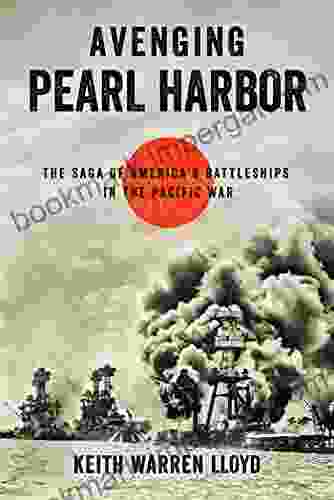A Force of Steel and Spirit
The mighty battleships of the United States Navy sailed into the treacherous waters of the Pacific during World War II, a testament to American resolve and industrial prowess. These colossal vessels, symbols of national power, became both the heart and backbone of the fleet, playing a pivotal role in the conflict's most pivotal battles.
4.7 out of 5
| Language | : | English |
| File size | : | 3267 KB |
| Text-to-Speech | : | Enabled |
| Enhanced typesetting | : | Enabled |
| Word Wise | : | Enabled |
| Print length | : | 338 pages |
| Screen Reader | : | Supported |
| Item Weight | : | 1.54 pounds |
| Dimensions | : | 6.46 x 1.22 x 9.41 inches |

The Shadow of Pearl Harbor
The tranquil morning of December 7, 1941, was shattered by a sudden and devastating attack on Pearl Harbor. Japanese torpedo bombers and dive bombers descended upon the sleeping American battleships, plunging the United States into the war. In the fiery inferno that followed, the USS Arizona was sunk, along with thousands of her brave crew.
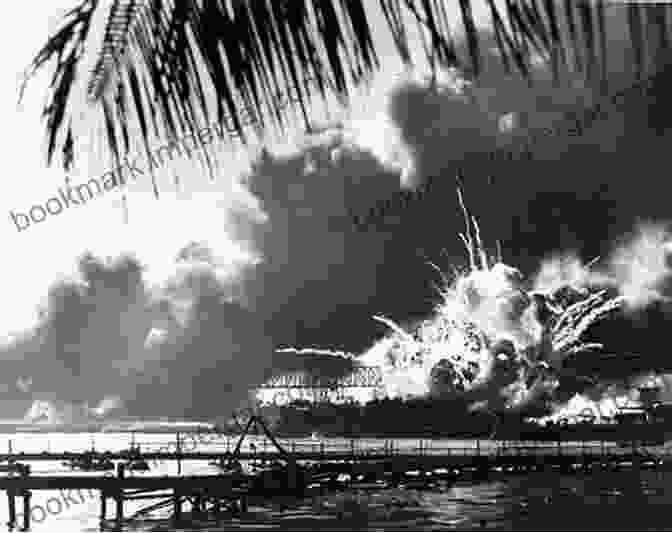
The Tide Turns
From the ashes of Pearl Harbor, the United States emerged with unwavering determination. Battleships like the USS Nevada, USS California, and USS West Virginia were salvaged and repaired, ready to seek vengeance upon their attackers.
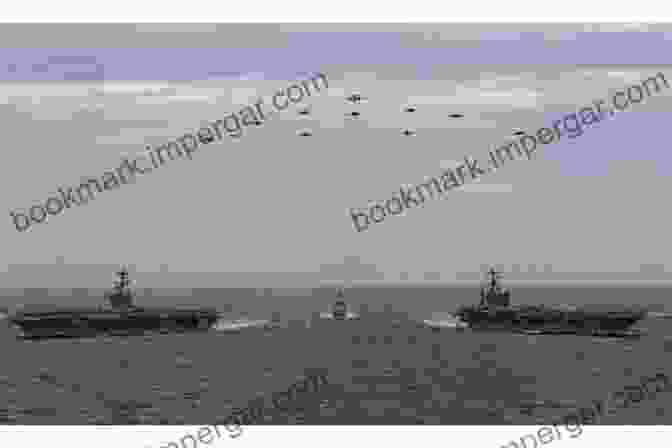
Battles for Dominance
The Pacific War became a grinding contest of fleet engagements, with battleships taking center stage. At the Battle of Coral Sea, the USS Lexington and USS Yorktown fought valiantly against the Japanese carriers, the first time American battleships faced such a formidable foe.
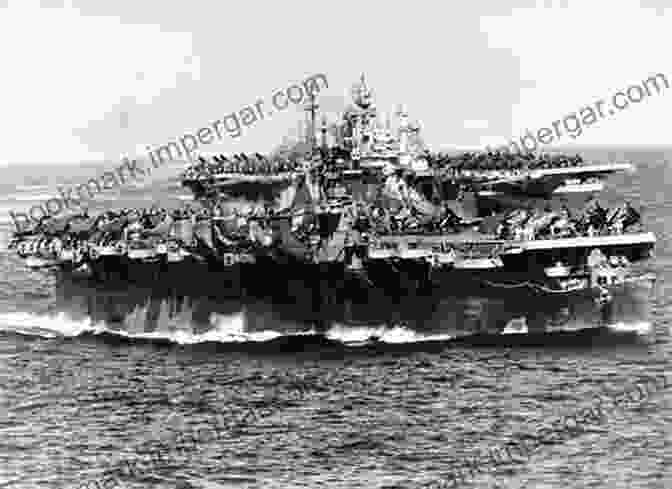
At the Battle of Midway, the USS Enterprise, USS Yorktown, and USS Hornet turned the tide of the war, sinking four Japanese carriers and crushing their hopes for victory. And at the Battle of Leyte Gulf, the largest naval battle in history, American battleships played a decisive role in the crushing defeat of the Japanese fleet.
Sacrifice and Heroism
The victory in the Pacific came at a heavy price. Hundreds of American sailors gave their lives on the decks of these mighty vessels. Battleships like the USS South Dakota, USS San Francisco, and USS Maryland endured kamikaze attacks and relentless bombing, bearing witness to both the fragility and indomitable spirit of the American people.
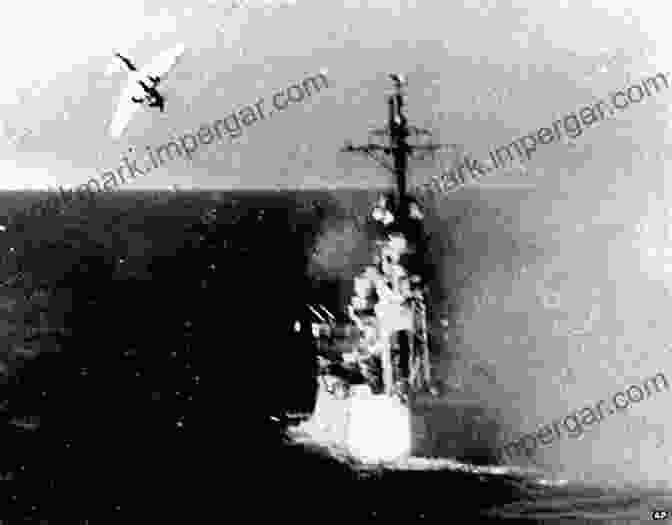
The Road to Victory
With Japan's defeat in sight, the American battleships led the way to Tokyo Bay. On September 2, 1945, the USS Missouri became the stage for the formal surrender of Japan, signaling the end of the Pacific War.
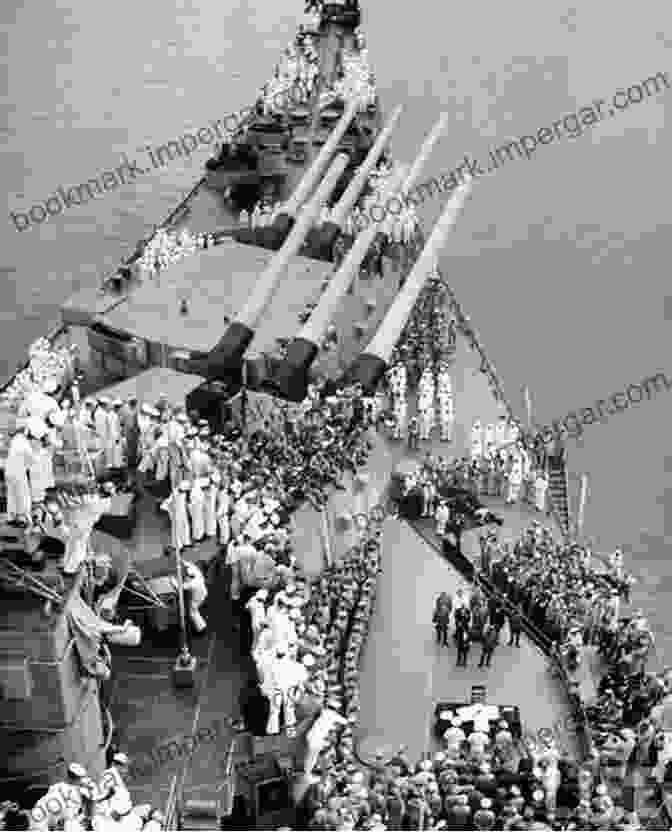
A Legacy of Valor
The battleships of the United States Navy in the Pacific War were more than just vessels of steel and weaponry; they were symbols of national resolve, sacrifice, and triumph. Their stories, etched in the annals of history, continue to inspire and humble generations to come.
In the pages of "The Saga of America Battleships in the Pacific War," renowned historian John F. Lehman tells the captivating tale of these mighty ships and the brave men who served on them. Through vivid descriptions, meticulously researched accounts, and poignant narratives, the book transports you to the heart of the war, where courage and sacrifice played out on a grand scale.
Whether you are a student of naval history, a veteran, or simply someone seeking to understand the tremendous impact of the Pacific War, "The Saga of America Battleships in the Pacific War" is a must-read. Immerse yourself in the extraordinary journey of these battleships, their crews, and the nation they fought for...



